Have I mentioned that I’m a Virgo? For what it’s worth, this means that I am finickity about presentation in general. Grammar, design, colours, you name it. Oh, and all the neatly ordered jars in my pantry are labelled, much to my family’s amusement.
I studied graphic design back in the early Eighties, and whilst at Saatchi’s London spent my days hand-rendering headlines, often in Helvetica, for the numerous, vast campaigns being presented to embarrassingly unethical clients such as Silk Cut (shame on us!), BP (sharp intake of breath), Allied Liquor (long alcohol-reeking intake of breath), and so on…. Anyway, the point is it taught me that making things look good was incredibly important and often won you the job. (The drink of choice to celebrate the wins was Bollinger, also our client, and wheeled out in vast quantities to all who had helped win the account. I think I drank a lot of Bollie.)
Fast-forward to the late nineties, when I started my New Zealand based photographers’ agency. True to my star sign, I made sure our estimates were always well-presented. I couldn’t help myself, much to the chagrin of the accounts lady who really couldn’t understand why we needed Gotham-Book type and more white space on our invoice template.
And we soon learnt that if clients were left to second-guess anything in the estimate, they would assume the impossible. A couple of ‘burns’ (where we footed some bills) had us introducing more and more information in our quotes. As work came in from the US and Asia we were pleased to hear comments such as ‘It’s like working with a New York agency- you’ve thought of everything!’ (It’s entirely possible that they were simply relieved not to be negotiating with sheep farmers- but we took it as a compliment.)
The first Japanese job we ever scored at Collective Force was won partly because it was the most expensive quote. The client had approached 3 photographers in New Zealand to bid on a car shoot to be shot on the stunning East Coast. We duly sent in our estimate, comprising a breakdown of costs, several pages of cover notes outlining the contingencies and explaining technicalities and approach, the photographer’s treatment and a bio of both Collective Force and the photographer.
The client informed us that even though it was the most expensive quote, it was the most thought-out, well-presented and professional of them all. It was the beginning of a long and solid relationship and we continued to shoot with them for many years.
To cut to the chase, you can be the most talented photographer in the world, and have a beautiful folio, but you’re unlikely to be employed commercially if you’re unable to communicate with your potential client in a professional, informative and timely manner. People will pay premium prices, but they have expectations that go with those prices.
In May & June, I’m running a workshop in Sydney and Melbourne called ‘Winning the Job’- a course for photographers on how to present estimates, cover notes, treatments, licences, invoices, follow-ups and negotiating tricks including copyright issues. Hopefully it will help ensure that when the client falls in love with your folio and asks you to quote a job, you know how to close the deal. And when you do, don’t forget the Bollie.
If you’re interested in the workshop, you can find out more on the ACMP website, or on Facebook.
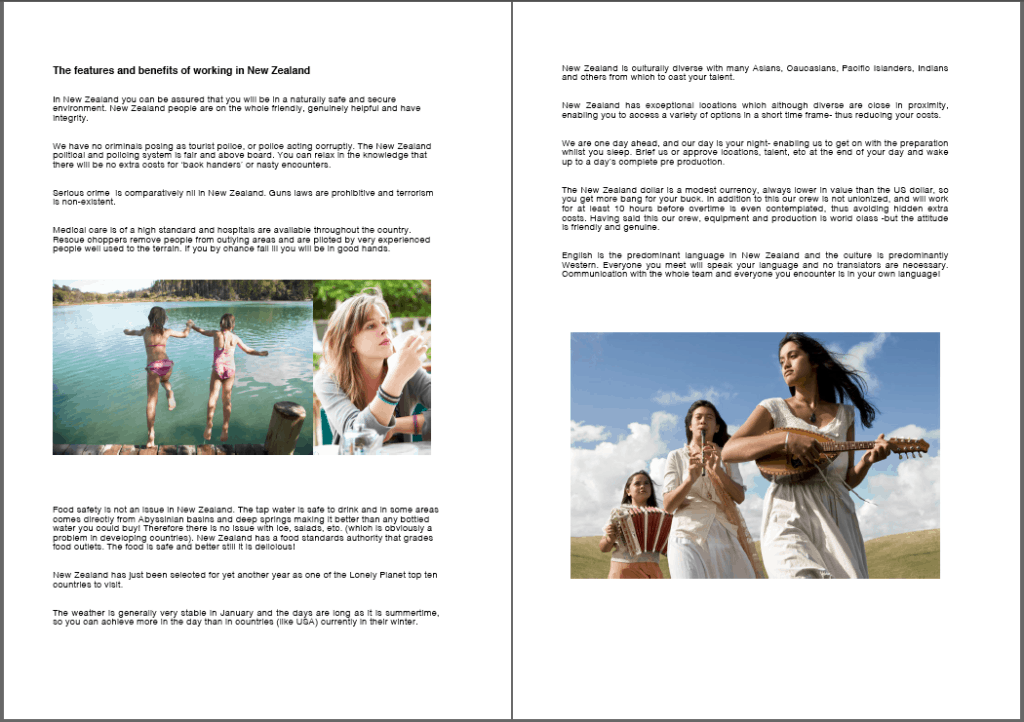
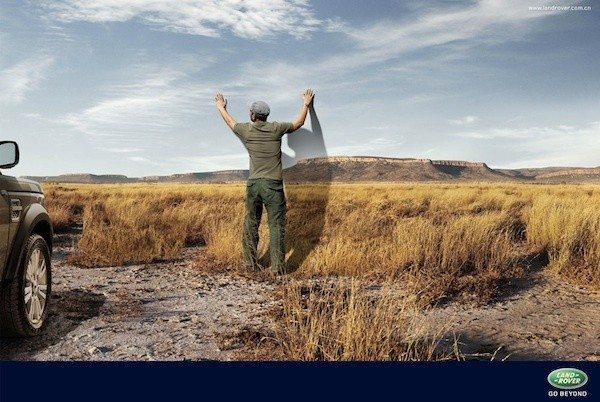 Marketing
Marketing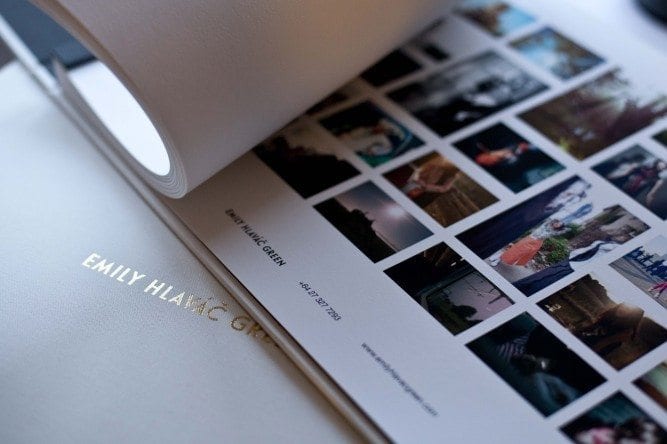 Folios & Editing
Folios & Editing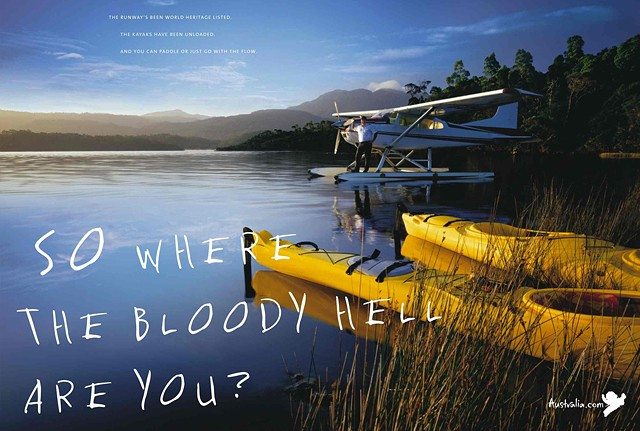 Finding Direction
Finding Direction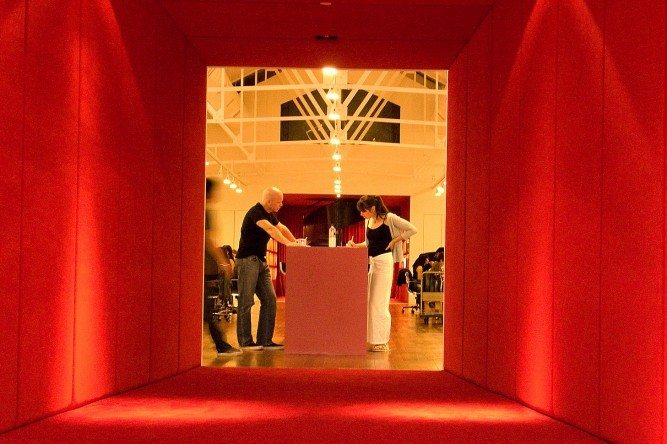 Asia Assignments
Asia Assignments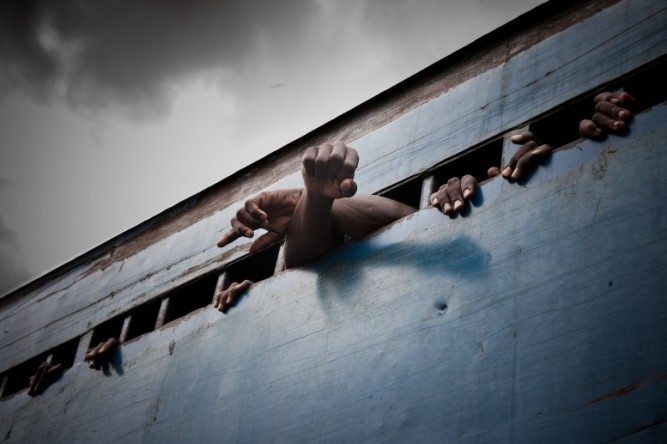 Personal Work
Personal Work Closing the deal
Closing the deal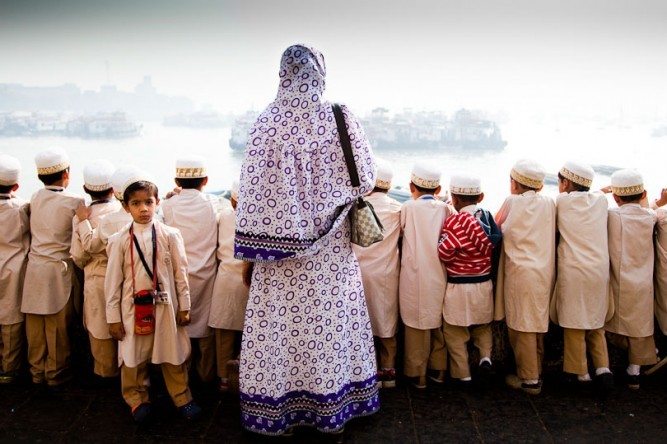 Most Recent
Most Recent Case studies
Case studies Interviews
Interviews